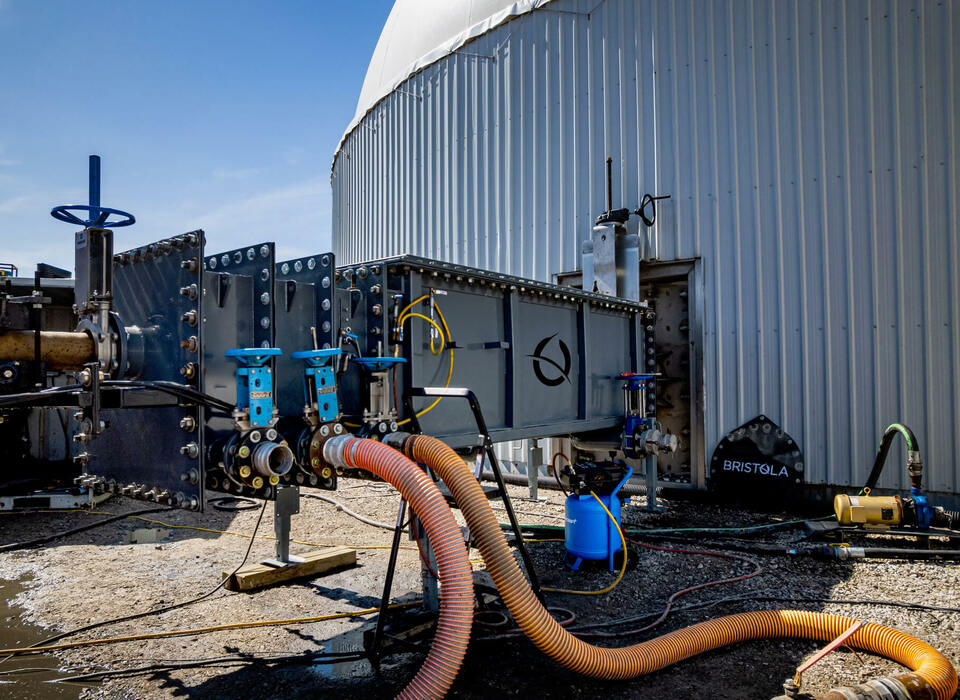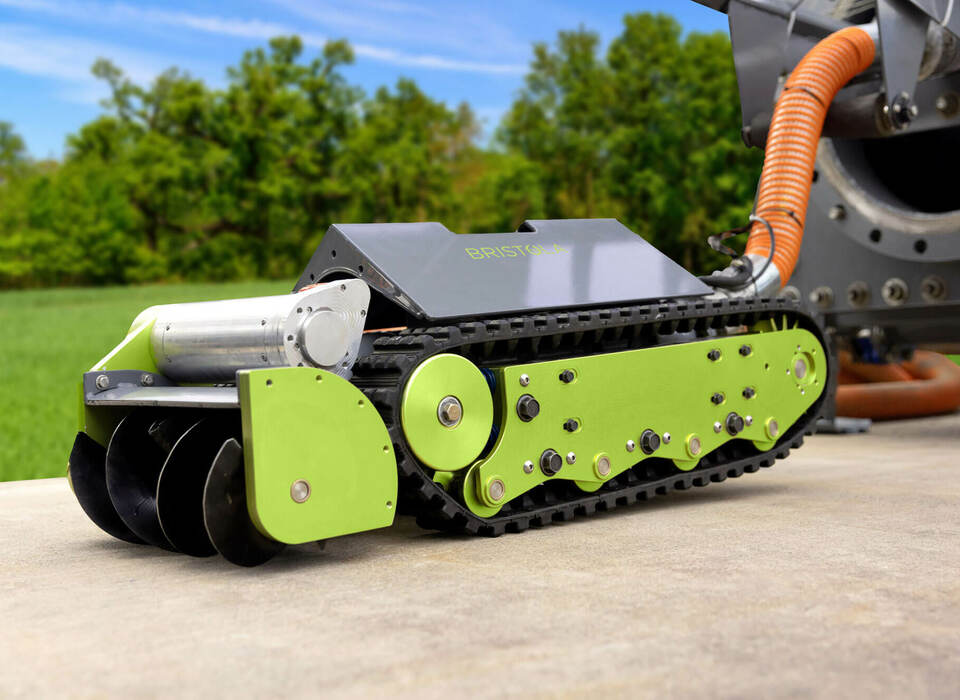The Future of Clean
For liquid storage facilities, Bristola is revolutionary. Our patented technology eliminates costly downtime and the danger of traditional tank maintenance. This zero-human-entry system uses a one-of-a-kind entry port that allows our robot to enter your tank or covered lagoon directly. Our system is efficient and–most importantly–it works. Welcome to the future of clean for liquid storage facilities and anaerobic digesters.

Decrease risk.
Increase profits.
Routine cleaning is essential to the health, efficiency, and productivity of your liquid storage facilities, but traditional tank cleaning methods can be time-consuming, expensive, and dangerous – often putting employee safety at risk and requiring costly facility downtime.
At Bristola, we’re committed to a safer, more efficient, and economical solution for cleaning liquid storage facilities.

No human entry.
No costly downtime.
No lives are put at risk using our remote-controlled submersible robot cleaning system (SRCS) with our patented equalization chamber entry system. Our propriety technology provides a safe solution that is not only more economical but will increase energy output, reduce your carbon footprint, and improve facility efficiencies.
Regular tank cleanings are essential to ensuring your operations run smoothly. Our technology can be installed alongside new facilities or retrofitted to maintain an existing facility.
Recent Projects
Bristola’s revolutionary cleaning technology is currently being used throughout the US and Canada. See who is using our innovative tank and covered lagoon cleaning system and where it is being used.
